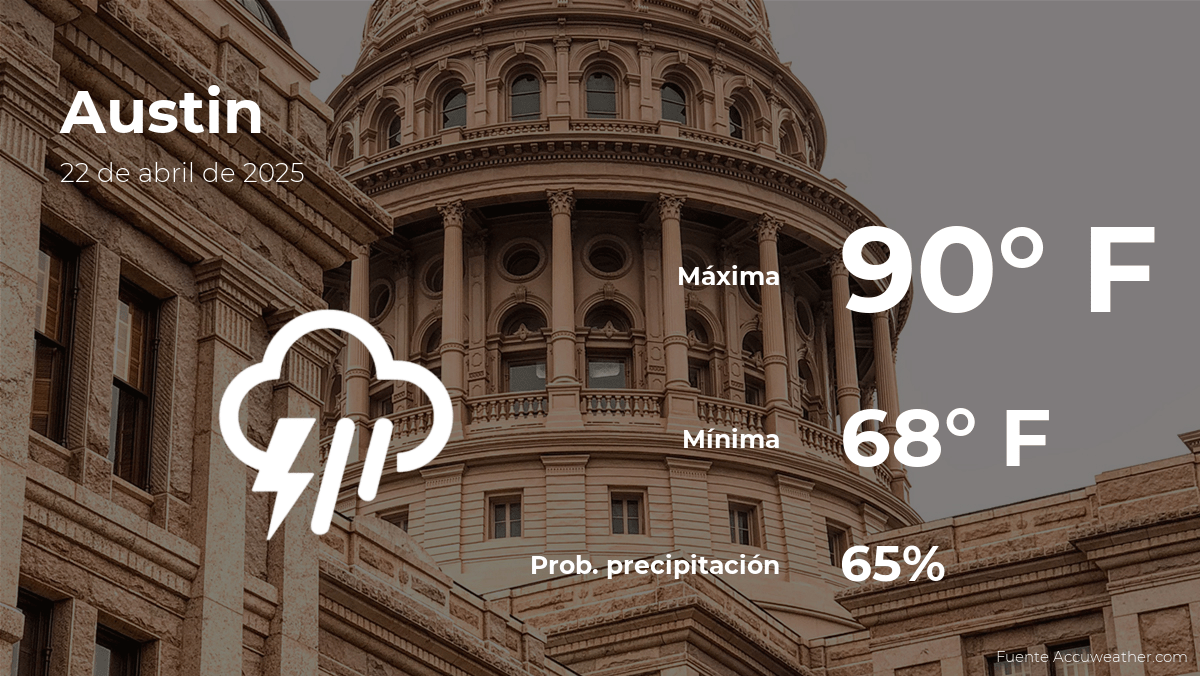Introduction
As winter settles in across the United States, nearly two million Americans are currently under lake-effect snow alerts, particularly in regions adjacent to the Great Lakes. This weather phenomenon, characterized by heavy snowfall driven by cold air moving over warmer lake waters, poses significant challenges, including hazardous travel conditions, potential power outages, and increased safety risks. In this article, we will explore the mechanics of lake-effect snow, the current weather situation, and its broader implications for affected communities.
Understanding Lake-Effect Snow
Lake-effect snow occurs when cold air flows over relatively warmer waters, such as the Great Lakes. The warmer water evaporates, and the moisture-laden air rises, cools, and condenses to form clouds and precipitation. This process can lead to intense snowfall in localized areas, often resulting in several feet of snow within a short period.
- Temperature Contrast: The effectiveness of lake-effect snow is significantly impacted by the temperature differential between the lake and the air.
- Wind Patterns: Winds from the northwest or west are typically more conducive to this phenomenon, as they allow for optimal moisture transport from the lakes.
- Geographical Factors: Regions downwind of the lakes, such as parts of New York, Michigan, and Ohio, are particularly susceptible to heavy snowfall.
Current Weather Situation
As of now, meteorologists have issued lake-effect snow warnings for various areas, predicting several inches of accumulation over the upcoming days. The National Weather Service (NWS) has advised residents to prepare for:
- Significant snowfall totals, potentially exceeding 12 inches in some areas.
- Ice accumulation that could lead to dangerous driving conditions.
- Strong winds accompanying the snowfall, causing reduced visibility and snow drifts.
Travel advisories have been put in place, urging residents to limit travel unless absolutely necessary. Local authorities are mobilizing resources to clear roads and ensure public safety.
The Impact on Communities
The ramifications of lake-effect snow extend beyond just the immediate weather conditions. Communities affected by heavy snowfall face several challenges:
Transportation Disruptions
With travel conditions deteriorating due to snow accumulation, transportation services, including buses and trains, may experience delays or cancellations. Residents are encouraged to stay updated with local news and transportation authorities for the latest information.
Power Outages
Heavy snow and strong winds can result in downed power lines, leading to widespread power outages. Utility companies are on high alert, prepared to respond quickly to restore power as conditions permit. Residents should prepare for potential outages by:
- Keeping flashlights and batteries on hand.
- Stocking up on non-perishable food and water.
- Having a plan for heating their homes if power is lost.
Emergency Services Preparedness
Local emergency services are gearing up for increased call volumes related to weather-related incidents. This includes roadside assistance for stranded vehicles and emergency medical services responding to accidents caused by slippery roads.
Broader Implications of Winter Weather
The ongoing winter weather conditions highlight the need for communities to adapt to extreme weather patterns, which are becoming more frequent due to climate change. While lake-effect snow is a natural phenomenon, its intensity and frequency may be influenced by broader climatic shifts.
Climate Change and Extreme Weather
Research indicates that climate change may lead to warmer winters, which can enhance the potential for lake-effect snow under certain conditions. Warmer air can hold more moisture, thereby increasing the snowfall amounts when cold air moves over the lakes. Communities must consider:
- Investing in infrastructure capable of withstanding heavy snowfall.
- Implementing more effective emergency response plans.
- Raising public awareness about winter weather preparedness.
Conclusion
As nearly two million Americans brace for the impacts of lake-effect snow, it is crucial for individuals and communities to stay informed and prepared. The unique challenges posed by this weather phenomenon require proactive measures to ensure safety and minimize disruptions. By understanding the dynamics of lake-effect snow, recognizing the potential impacts on transportation and services, and considering the broader implications of climate change, residents can better navigate the winter months. For more information on winter weather preparedness, visit the National Weather Service. Stay safe, and keep warm!
See more Your Daily Weather



